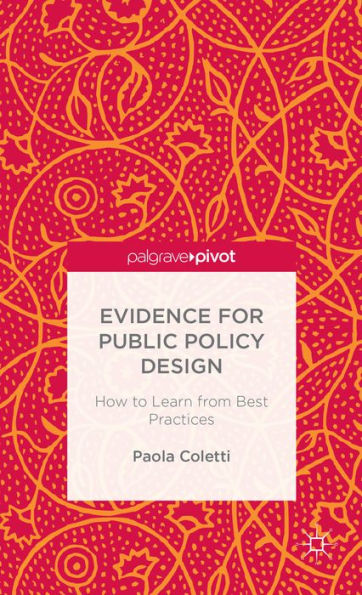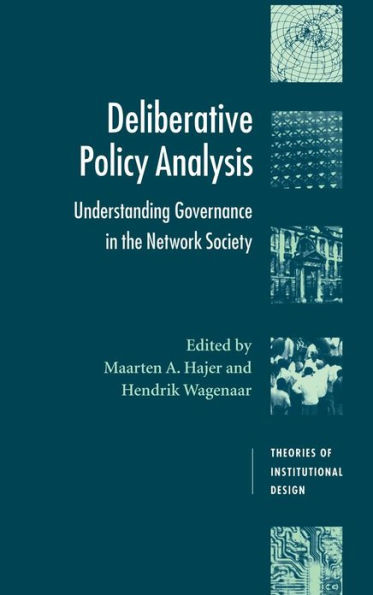Home
Experimentalist Governance: From Architectures to Outcomes
Loading Inventory...
Barnes and Noble
Experimentalist Governance: From Architectures to Outcomes
Current price: $90.00


Barnes and Noble
Experimentalist Governance: From Architectures to Outcomes
Current price: $90.00
Loading Inventory...
Size: Hardcover
*Product Information may vary - to confirm product availability, pricing, and additional information please contact Barnes and Noble
What does non-hierarchical governance mean? Under what conditions are actors likely to engage in it? Which trajectory best captures its long-term evolution? Through which mechanisms does it overcome gridlock?
To respond to these questions at the heart of regulatory governance,
develops an analytical framework that draws on contemporary debates but seeks to overcome their limitations. Notably, it offers a definition of non-hierarchical (experimentalist) governance that goes beyond institutional structures, focusing attention on actors' choices and strategies. It shows that, contrary to expectations, functional and political pressures were more influential than distributions of legal power, and bolstered one another. Strong functional demands and political opposition influence actors' capacity of using powers which,
, might be concentrated in their own hands. Indeed, actors can use non-hierarchical governance to aid learning and mould political support. Conversely, they may override legal constraints and impose their views on others, insofar as they are equipped with confidence and powerful coalitions beforehand. This book also challenges conservative views that non-hierarchical governance is doomed to wither away, showing that, on the contrary, it is often resilient. Finally, it demonstrates that, far from being alternatives, positive (shadow-of-hierarchy) and negative (penalty-default) mechanisms to avoid gridlock are frequently complementary.
By analysing five crucial domains (electricity, gas, communications, finance, and pharmaceuticals) in the European Union, an examination is made of when, how, and why non-hierarchical institutions affect policy processes and outcomes. Combining temporal, cross-sectoral, and within-case comparisons with process-tracing, this book ultimately illustrates the conditions, trajectories, and mechanisms of non-hierarchical governance.


















